|

 The role of the 2nd Great Awakening in the Civil War The role of the 2nd Great Awakening in the Civil War The formation of the Confederate States of America The formation of the Confederate States of AmericaThe textual material on this webpage is drawn directly from my work America – The Covenant Nation © 2021, Volume One, pages 210-220. |
|
|
Sadly, it is hard for us today with our highly Secularized culture to understand the importance of Christianity in the way the Civil War played out for nearly all Americans in the 1860s. Morally it was very hard for Americans to want to kill other Americans. Southerners of course would quite naturally want to fight to fend off Northern aggression. But for Northerners, who personally knew of slavery mostly through stories and reports of others, the issue of slavery was largely a moral abstraction. It is easier to find cause to go to war for the defense of one's home and land when they come under attack. The South certainly felt that this was the case for them. It is more difficult to find the will to go to war for moral abstractions. However the Second Great Awakening
provided exactly the required sense of moral commitment to those
Northerners who took up arms. To Christian Americans, the nation had
always been a divine experiment, a model of how it was possible for a
people to live freely in a post-feudal society in which a perfect God –
not a sinful and blemished man – stood over them as director and
enforcer of life. To such Christians it was imperative therefore not to
lose that relationship with God lest the Republic under God should fail
and bring down man's great hope for democracy with it, possibly
discouraging any further attempts at democracy, ever.
1The
words were written by Julia Ward Howe (using the melody from an old
Methodist hymn "Say Brothers" – or more popularly at the time, "John
Brown's Body") and published in the February 1862 edition of The
Atlantic Monthly.
|
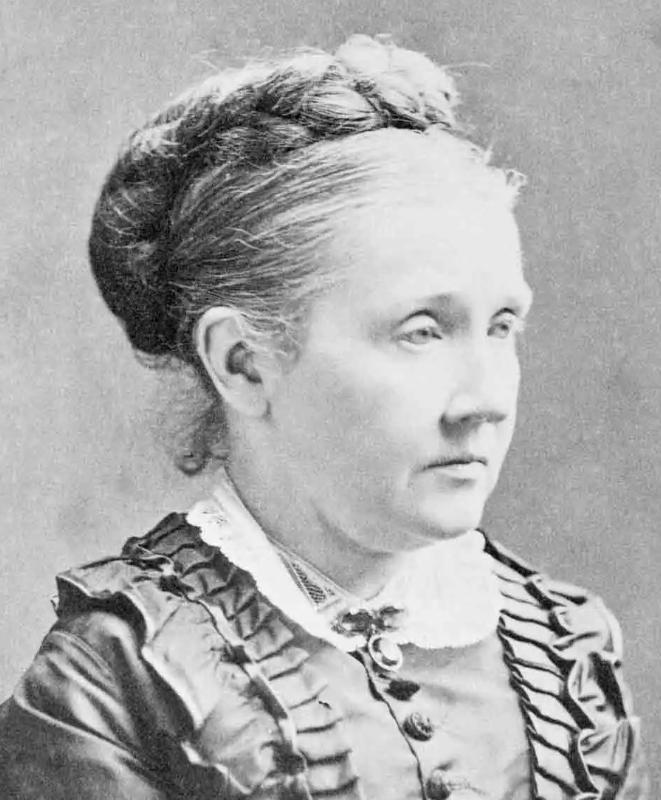





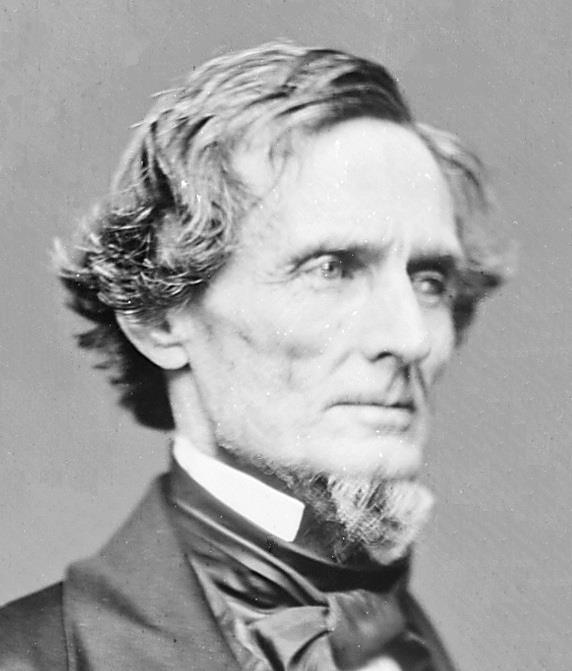
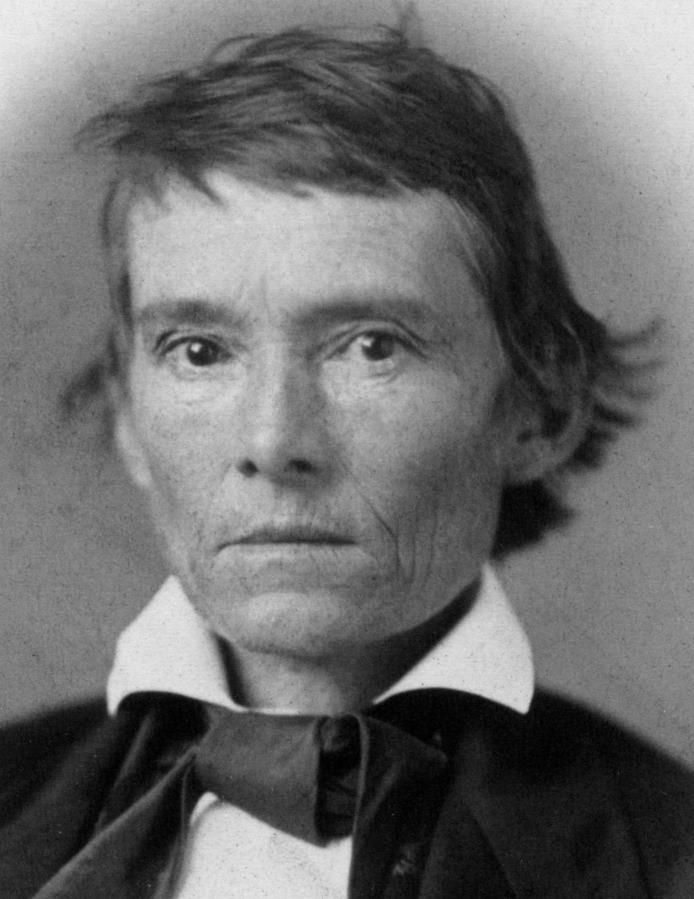
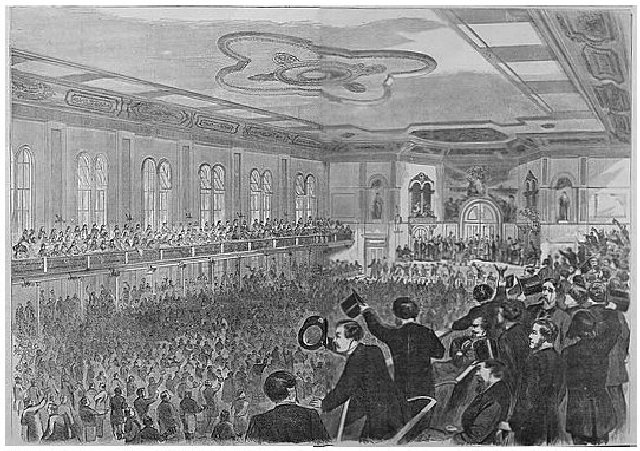
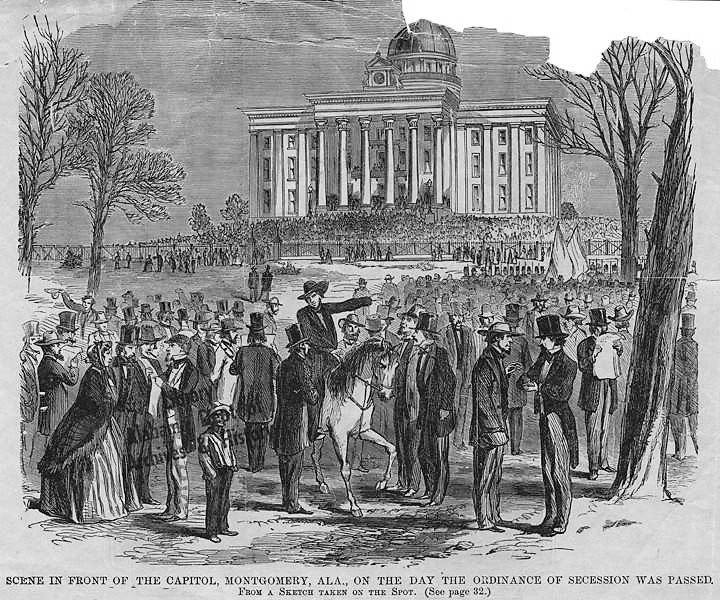

 Miles
H. Hodges
Miles
H. Hodges